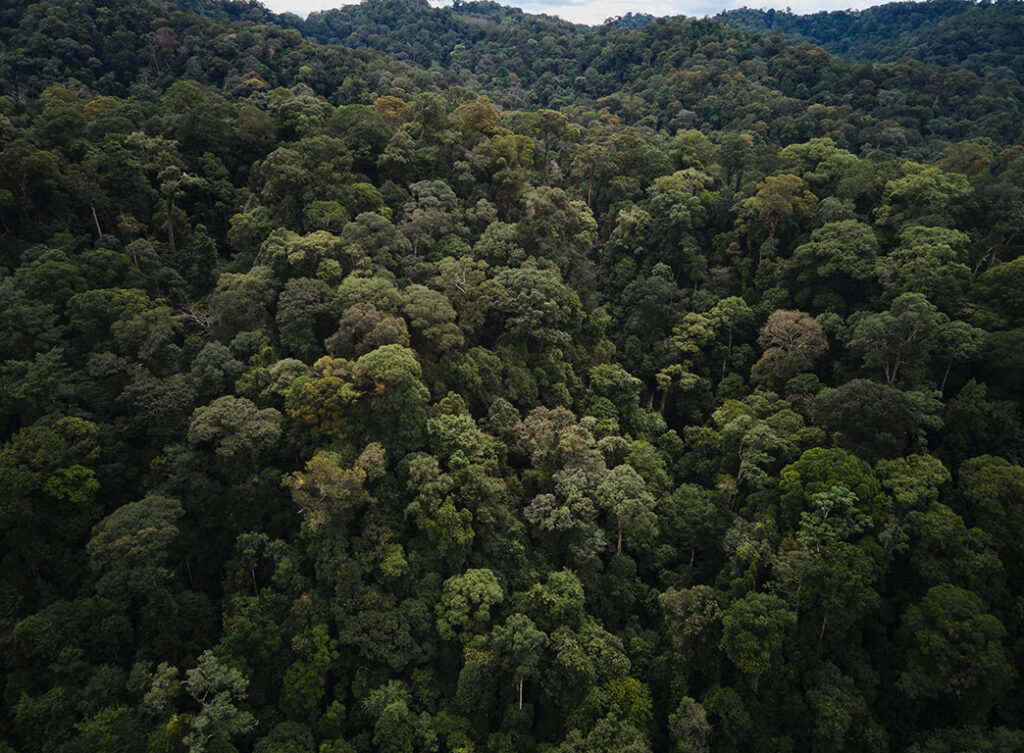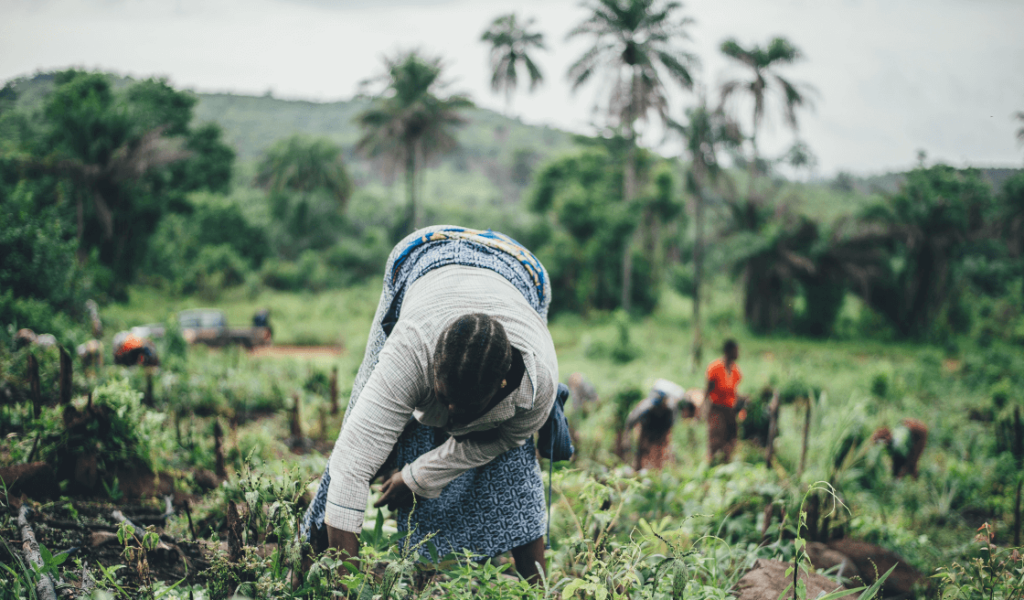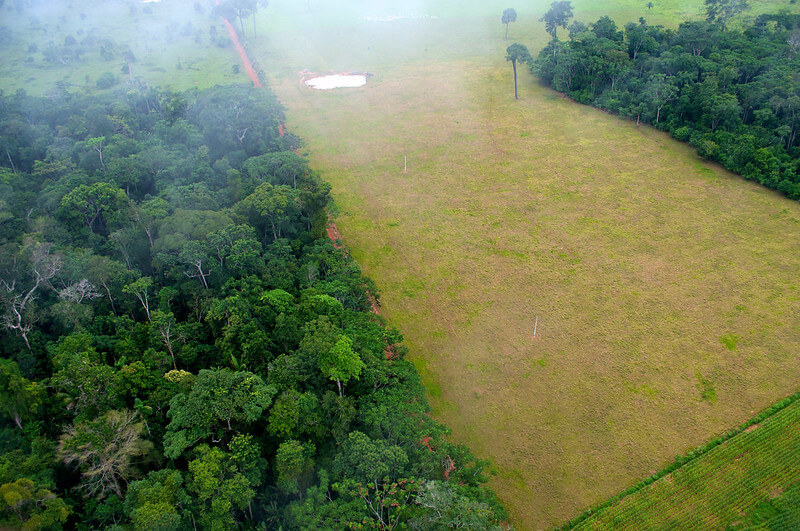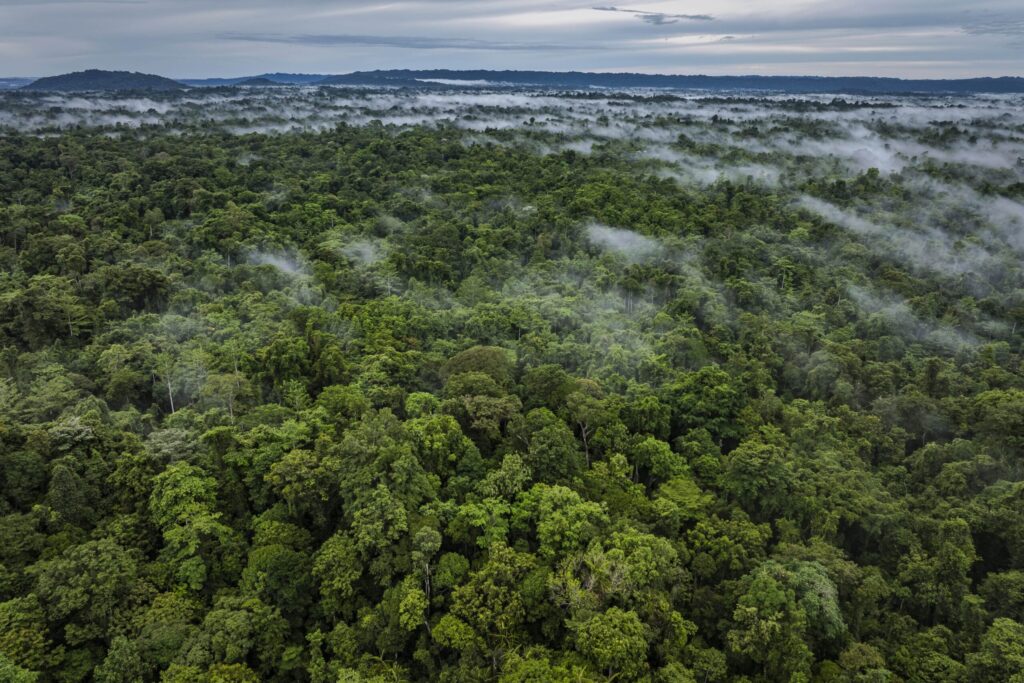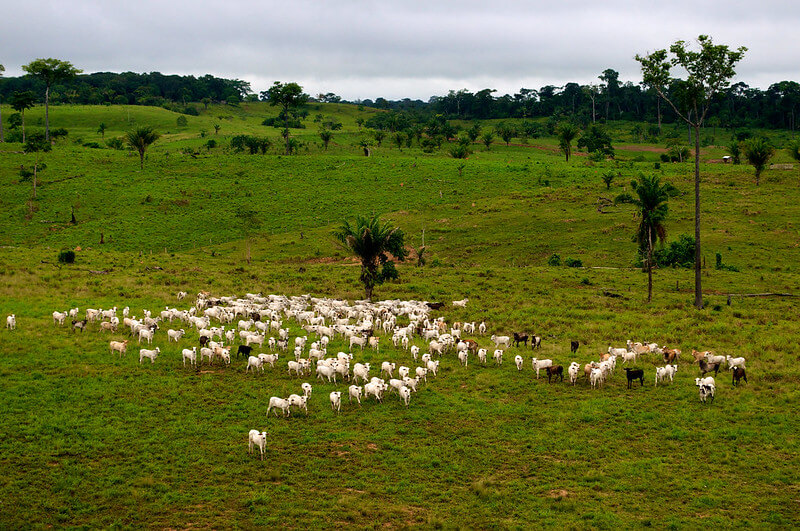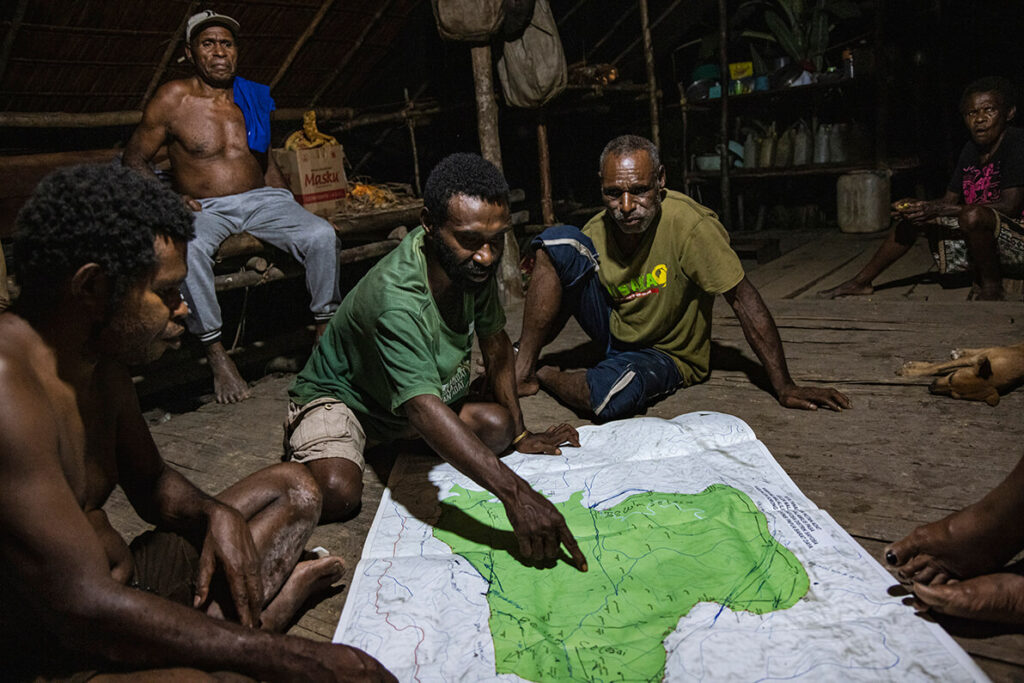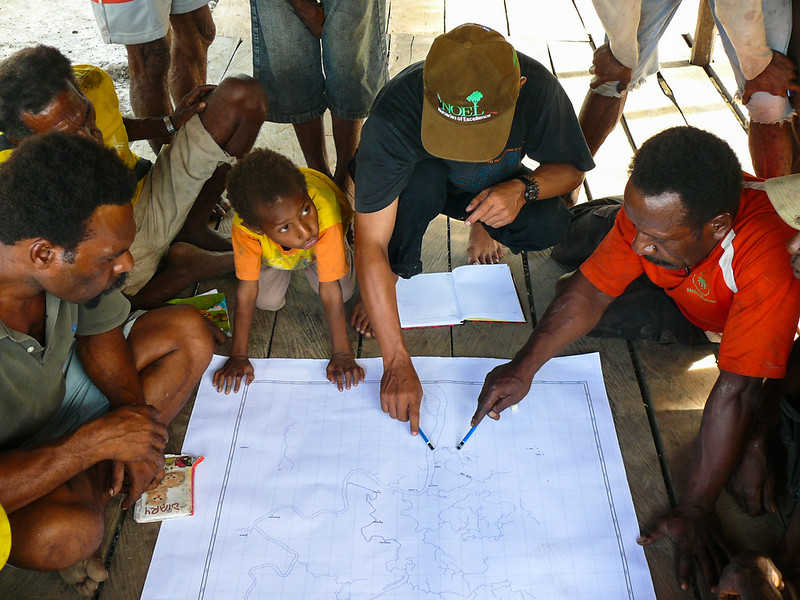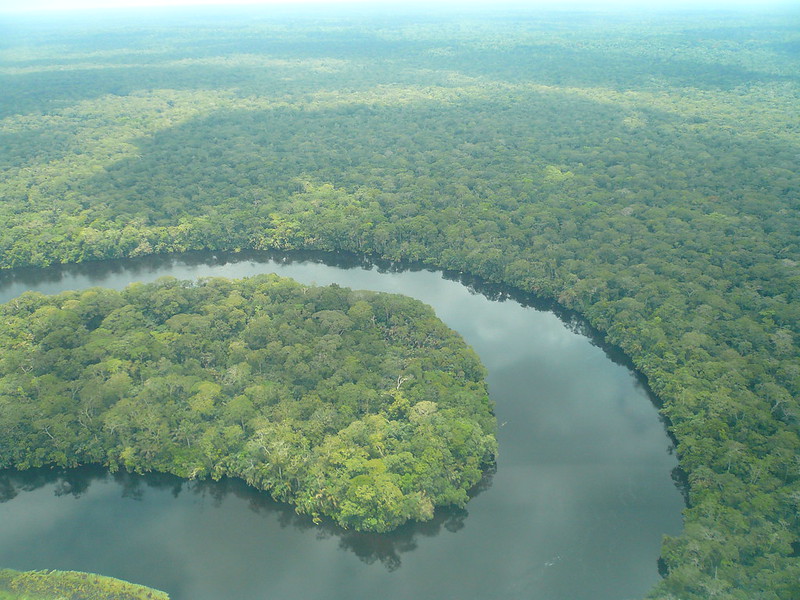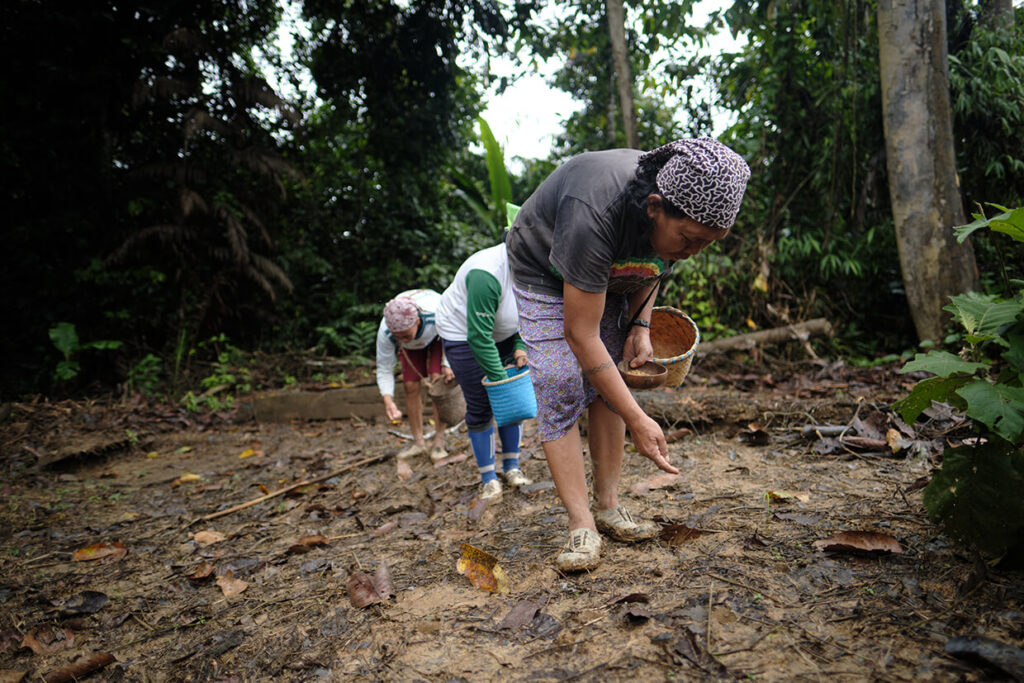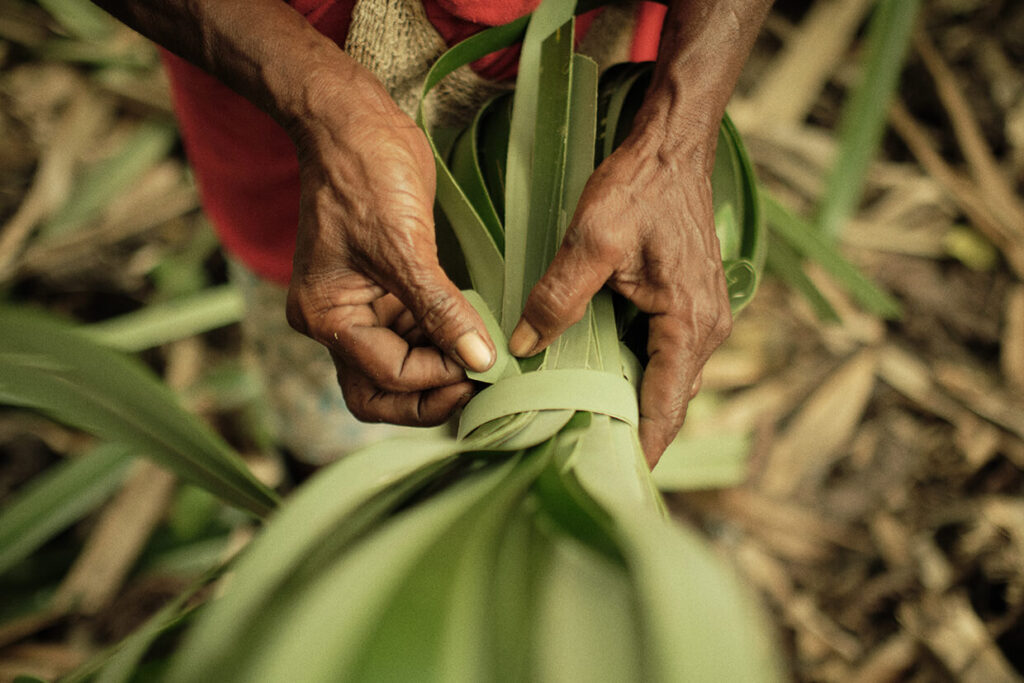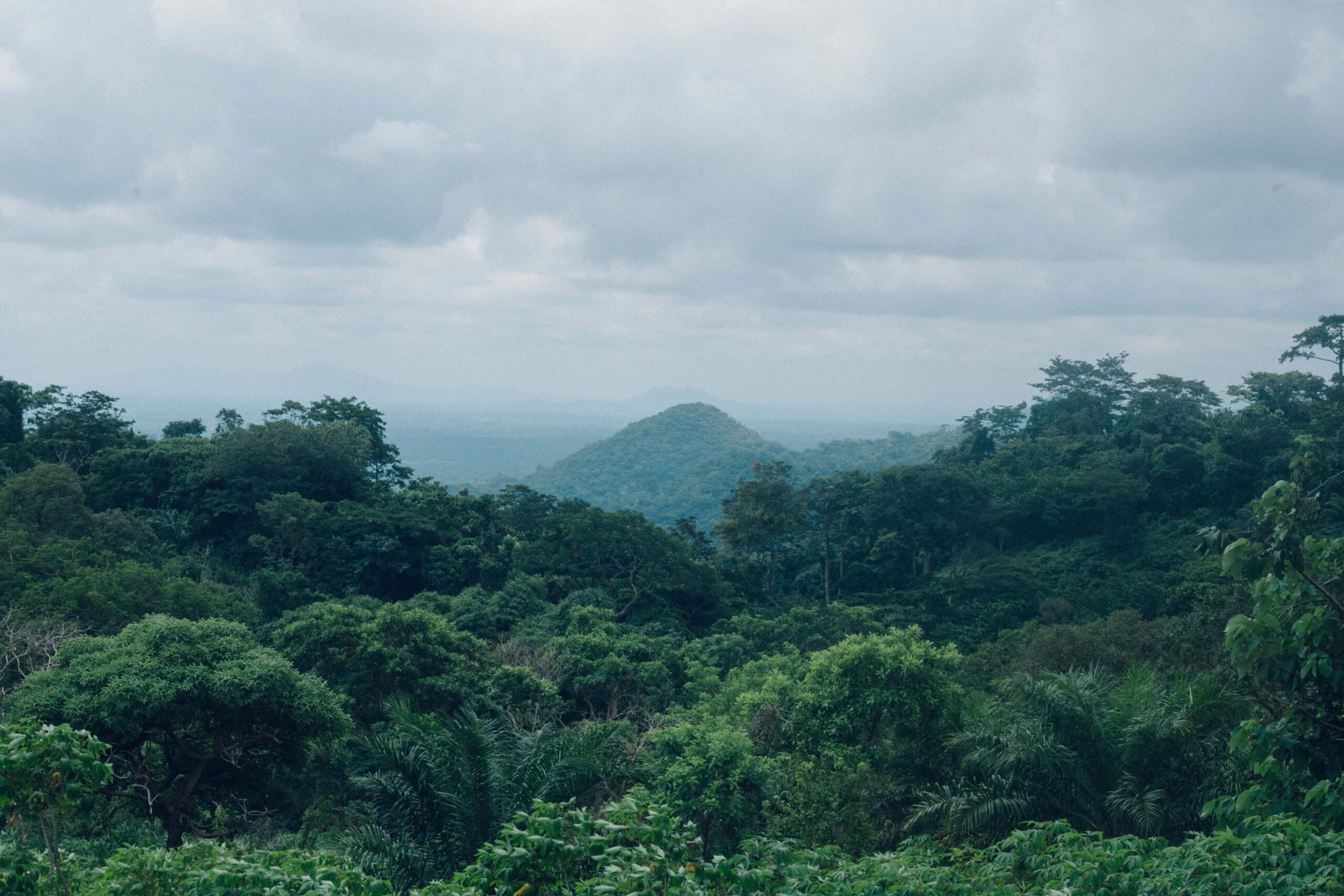
We prioritize collective, evidence-based learning to achieve equitable and enduring solutions
In order to better understand collective impact worldwide, a set of Global Measures assess momentum towards our goal of halting and reversing tropical deforestation while supporting just, sustainable development. Progress toward this goal represents the result of thousands of actions led by different organizations and movements across the globe.
We look at ten measures with a focus on three geographies holding nearly half of the world’s remaining tropical forests
These measures span the climate, biodiversity, and human dimensions of the goals of FPC.1. Tropical deforestation
2. Tropical tree cover gain
3. Greenhouse gas emissions from tropical forest loss
4. Carbon dioxide removals by tropical forests
5. Tropical deforestation linked to agriculture
6. Indigenous Peoples, Local Communities, and Afro-descendants' forest tenure
7. Progress of societies in providing people with what they need to thrive
8. Civil society rights: freedoms of assembly, association, and expression
9. Public commitments to keeping forests standing
10. Public funds channeled towards harmful activities put forests at risk
1. Tropical deforestation
2. Tropical tree cover gain
3. Greenhouse gas emissions from tropical forest loss
4. Carbon dioxide removals by tropical forests
5. Tropical deforestation linked to agriculture
6. Indigenous Peoples, Local Communities, and Afro-descendants' forest tenure
7. Progress of societies in providing people with what they need to thrive
8. Civil society rights: freedoms of assembly, association, and expression
9. Public commitments to keeping forests standing
10. Public funds channeled towards harmful activities put forests at risk
